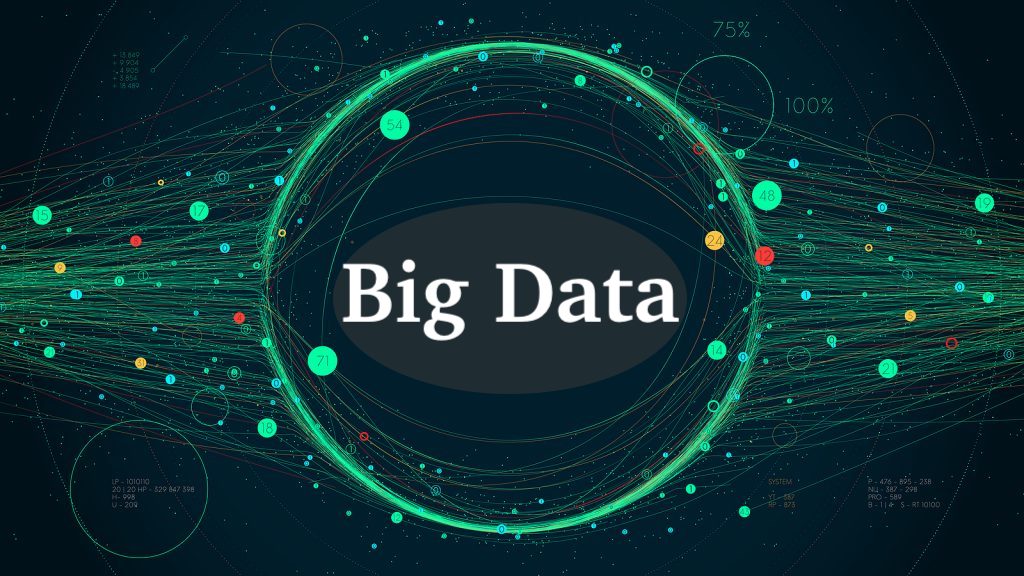The current focus of the big data market is that it is easy to collect massive amounts of data from various data sources such as social networks, apps, and market surveys. However, it is still difficult to implement big data analysis projects that truly generate commercial value.
According to the three big data application modes Transform, ActiveArchive and Exploration proposed by Cloudera, most big data analysis is currently in the first two modes, and only a few companies can really enter the substantive stage of big data analysis.
Recently, based on 17 years of business analysis experience (customers served include HomeDepot, BestBuy, Coca-Cola, Procter & Gamble, etc.), data mining analysis expert Shankar put forward five basic principles for the successful implementation of big data business analysis projects.
Related Posts
- Five Misunderstandings of Big Data Analytics
- Don’t Interpret “Big Data & AI” as a “Big Myth”
- Big Data Mining and Semantic Analysis with Weibo Development
- Public Opinion Monitoring in the Era of Big Data Trends
1. Define the scope.
Every company faces the challenges of business growth and cost reduction. Leaders need to know what are the pressing issues, and then IT experts can focus on several key areas and use data analytics to find the root cause of the problem, such as; why the sales performance of a certain product line has fallen.
Once the target of the data analysis problem is determined, quantitative business goals can be set for the data analysis project, such as reducing customer complaints by 2%, increasing profits by 3%, or reducing the coupon rate by 5% in the next 6-12 months.
2. Find the right pusher.
Big data analysis projects need a project that can effectively communicate with corporate executives and technical managers at the same time , and is able to coordinate between multiple business departments.
It is a good communication project or a promoter that can play an important role in controlling and communicating analysis results. Roles. Currently, most companies urgently need such an analysis leader.
3. Don’t be a perfectionist.
Don’t wait for the data warehouse to start data analysis after everything is perfect. Quick start, first do some proof-of-concept fairy tales, and evaluate the initial results within 3-6 months.
Many companies think that only “everything is ready” can start data analysis, which is wrong. Trying to learn and apply small concepts on the right path is better than guessing before the data warehouse is ready.
4. Balance speed and accuracy.
Many companies have spent a lot of money and manpower to build data warehouses in the past ten years without seeing any benefits. You know, a large data warehouse project often takes a year to generate reports available to users.
During this period, companies can use another billion data points to deal with new business challenges. My suggestion is to analyze the original mobile phone data for a specific business area. Reduce the data analysis cycle from months to weeks.
5. Data visualization is the key.
It usually means that the analyst will spend more than two months on a project, making statistical results into a PPT that grows to hundreds of pages. Please stop doing this! An excellent data visualization chart can “a picture worth ten thousand pages of PPT”.
Similarly Price live AttritionAlerts such operative visualization of chemical equipment allows the sales team to better grasp the customer. The key point: simplifying the piles of data into a few capable data charts is both science and art. Data visualization needs to clearly give short-term action recommendations, so as to generate business value.
Topics related to big data analysis
- Download big data analytics pdf
- A List of big data analytics tools
- What are the big data analytics techniques
- Importance of big data analytics
- Browse big data analytics courses
- Full list of big data analytics examples
- Updated big data definition
- Big data analytics tutorial







